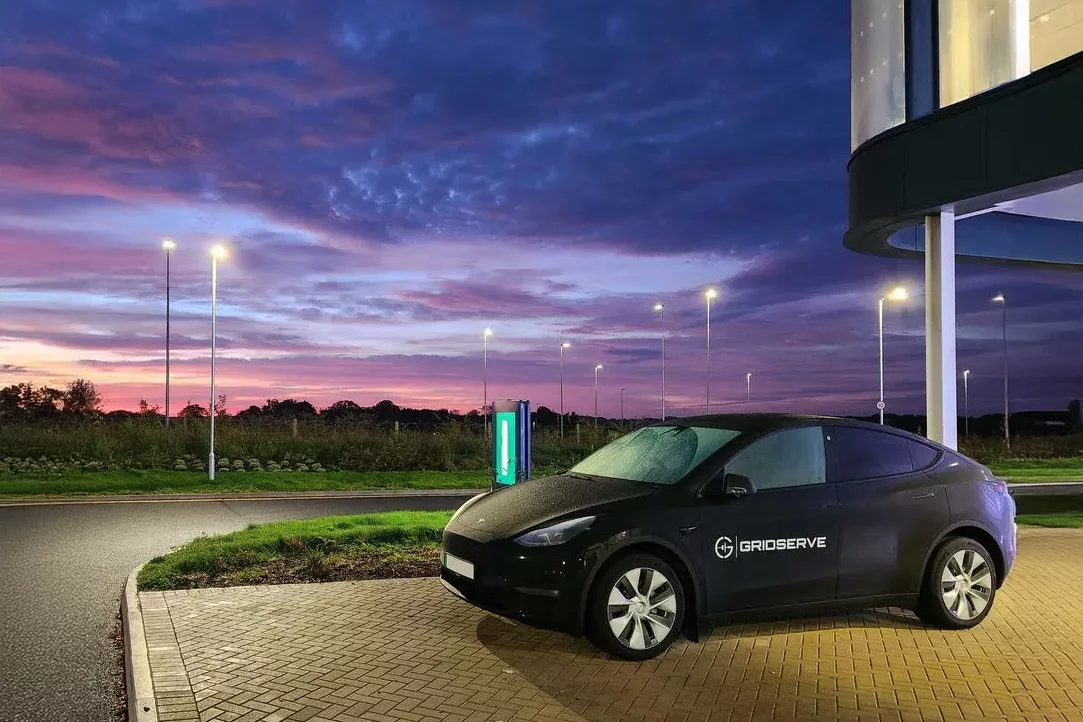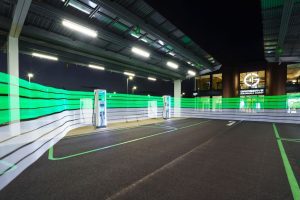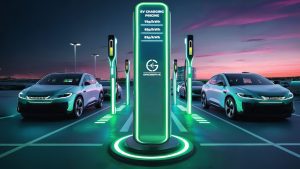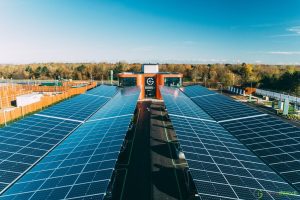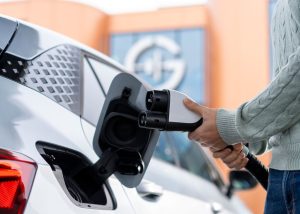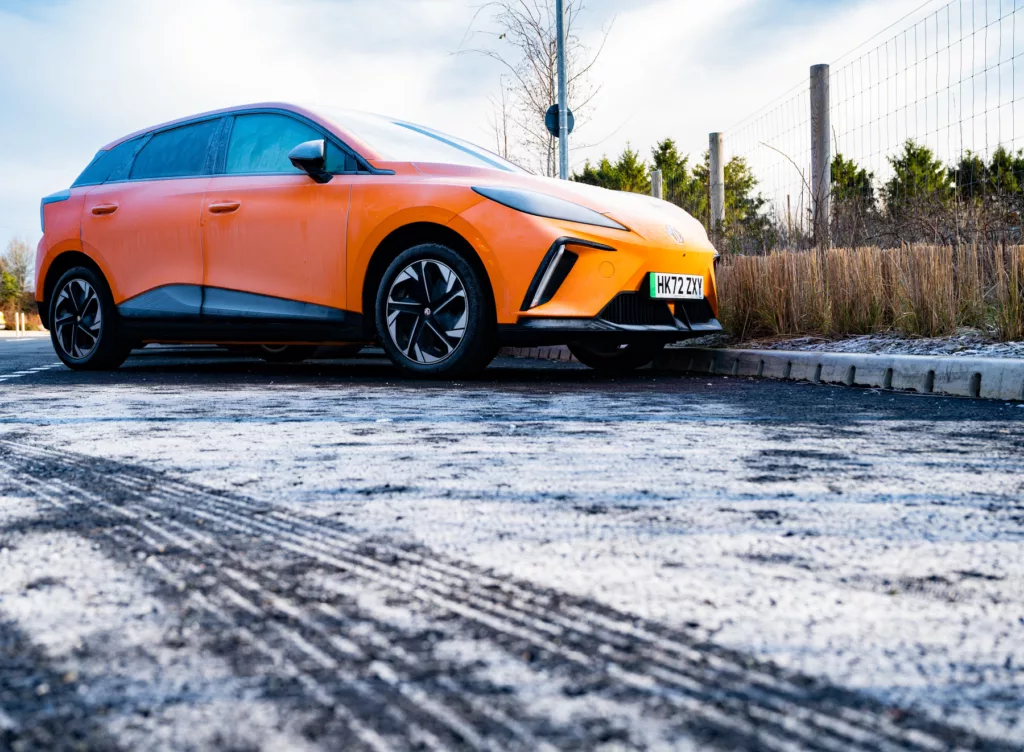

Picture the scene. You’ve just finished the last of your leftover turkey, recycled all your wrapping, strapped in the kids for the first day of school and climbed into the front seats. The car won’t start.
We’ve all experienced that sinking feeling of returning to our cars after it’s sat idle on a driveway or in an airport car park for a week or more to find that the battery is flat. In fact, it’s estimated that in the first week back to work in January, around 6% of us will suffer a flat battery.
But is it better or worse with an electric car with its high voltage battery pack? Fully electric vehicles are actually very similar petrol or diesel cars… but not for the reason you might think.
Most people would expect it’s because the high voltage battery pack that provides power to your electric motor has run out of juice and your range has hit zero. In reality, these lithium-ion batteries discharge extremely slowly when left.
It’s true that extreme heat or cold (we’re talking significantly sub-zero or plus-40) will accelerate the general discharge that any lithium-ion battery pack, in your car or smartphone, experiences. But we’re still talking figures of less than 5% over a month. Discharge will also occur a little faster when you’ve got between 80 and 100% charge – it’s the inverse of how the final 20% takes longer to top-up while plugged in.
Take all that into consideration and week or two away shouldn’t be enough to result in any significant range drop.
The reason you might find yourself unable to start the car is the same as if you’ve got a petrol or diesel engine: the 12V lead-acid battery. EVs use a small battery, just like petrol and diesel cars, to run the vehicle’s electrical systems, such as headlights, brake lights, wipers and your radio when you’re on the move. This same battery is the power supply for things that need to keep running when you’re not moving – for example safety systems such as central locking, clocks, security alarms, as well as battery management systems and remote, connected services that enable technology such as pre-conditioning.
This 12V battery is also responsible for the relays and switches that kickstart your electric motor to switch on the main high voltage battery pack when you turn your key or press your start button. If the 12V battery is flat, then you’re not going anywhere in a hurry.
How is the 12V battery charged in an electric car?
Better news for EV drivers is that the 12V battery draws power from the main high voltage battery, so if you’re well topped up before you park up, then you should be fine – compared to an internal combustion engine (ICE) car where the 12V battery relies on being driven to recharge. If the worst does happen and the main battery has hit zero, too, the 12V battery in your EV can be jump started with leads.
Many electric vehicles will also preserve your charge and offset losses with clever battery management systems, another big advantage over an ICE vehicle. If you are leaving it for an extremely long period and can’t plug in at home, then a trickle charger attached to the 12V battery will protect this from running dry and make sure there are no nasty surprises on your return.
Want more great advice on keeping your electric car healthy this winter, check out our top tips here.
